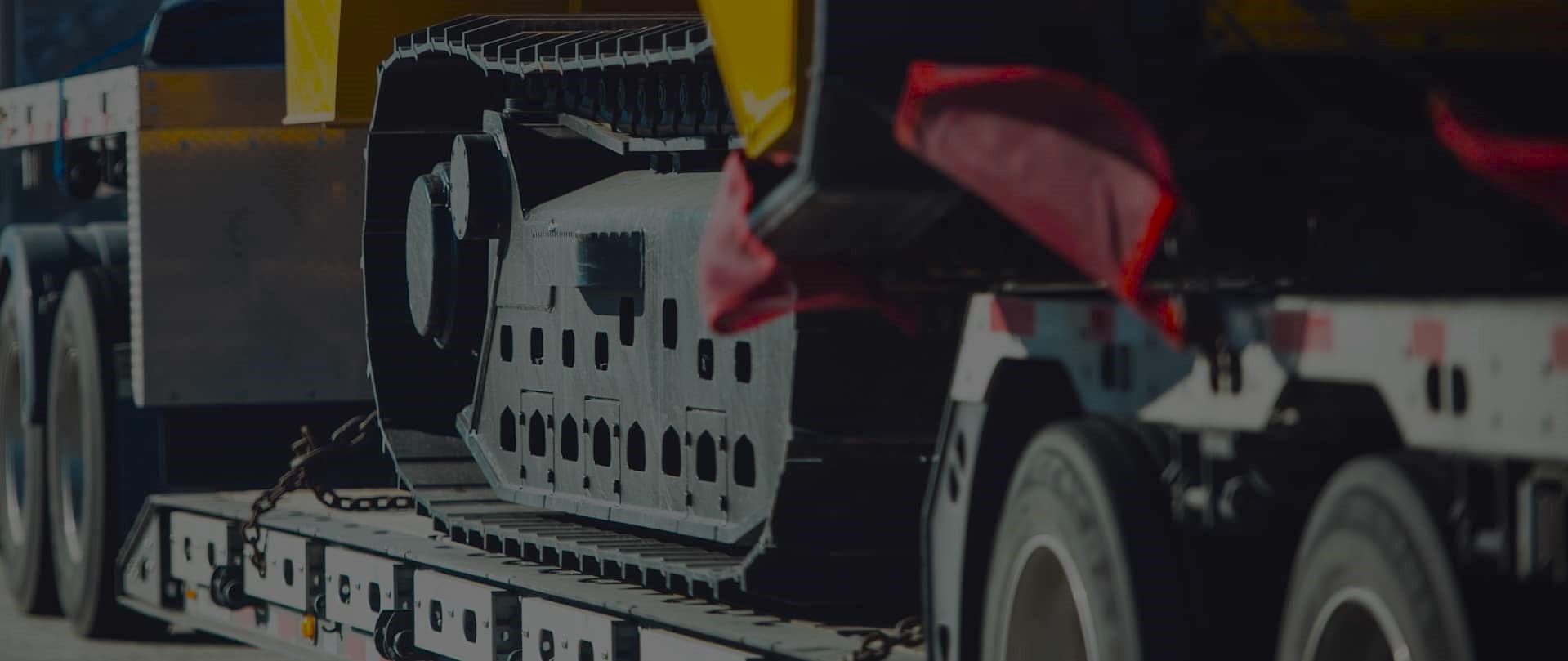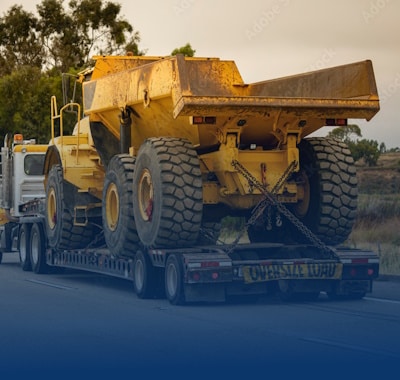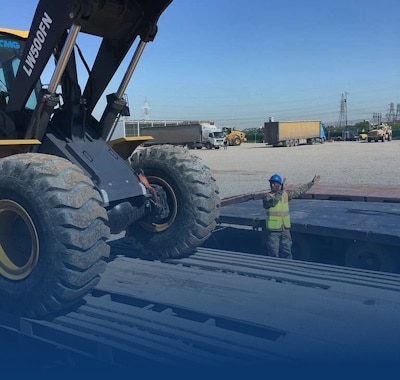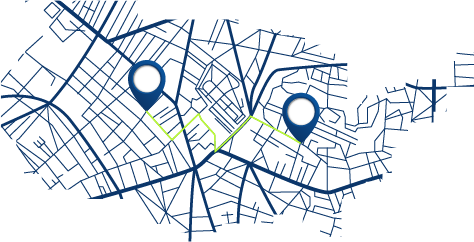Navigate Midwest Seasonal Road Bans & Oversize Freight Detours
Freedom Heavy Haul can offer expedited Pickup and Delivery for any size shipment anywhere in the USA. Contact us today for No Hassle, No Pressure Pricing.
, Use this friendly guide to learn how restrictions shape planning and pricing for oversize, overweight, and standard trucking in spring.
Accurate information from state and local agencies prevents last‑minute detours that add time and cost. Know when rules on weight and axle spacing will change so teams can secure permits early.
Weight reductions on fragile routes may force payload cuts, alternate routing, or staging. That impact can hit even legal-weight loads, so carriers treat restrictions as business-critical.
We’ll walk through the freeze‑thaw science, decode key rules, map permit windows, and offer an action plan operations teams can use. Watch first‑mile and last‑mile access near plants, yards, and job sites to avoid surprises.
Key takeaways: where to find trusted information, how state rules shift, and simple steps to keep trucking on schedule.
Understand spring thaw, frost laws, and seasonal weight restrictions before you roll
As temperatures change in spring, meltwater and freeze cycles alter pavement strength. Daytime warmth makes asphalt expand while water seeps into the base. Cold nights then contract the surface and trap moisture beneath. This cycle leaves the subgrade soft and prone to cracking under heavy wheel loads.
Spring thaw explained
Freeze-thaw action pushes water into voids under asphalt. When that trapped frost melts, the roadbed becomes sponge-like. Heavy trucks can quickly fracture the pavement if limits are not observed.
What frost laws and temporary limits mean
Frost laws and related seasonal weight restrictions lower allowable gross weight and sometimes reduce speed. These measures protect weakened structure and prevent rapid failures. Check posted signs and axle-based allowances before dispatch.
Jurisdictional differences and why legal loads can still be affected
States, counties, and cities set their own laws and start/end windows. A shipment within legal gross weight may still exceed a local spring threshold, forcing reconfiguration or split loads to continue.
- Monitor local bulletins daily.
- Plan for slower transit where limits apply.
- Train crews on quick load adjustments.
| Condition | Typical Action | Impact |
|---|---|---|
| Active thaw near bridges | Reduce weight and speed | Longer transit times |
| Posted frost laws in effect | Check axle allowances; obtain permits | Possible reloading or fines |
| Local limits differ by route | Verify county/city bulletins | Alternate routing may be needed |
Midwest seasonal road bans and oversize freight detours: timelines, zones, and permit windows
Concrete zone timelines show when load capacity drops and when permits will reopen. Use Minnesota SLL dates as a clear example of how winter conditions shifted into spring load restrictions, then into permit windows for higher weight.
Recent‑season examples: MN SLL zone dates
Winter Load Increases began at 12:01 a.m. with three days’ notice: North Dec. 16, 2024–Mar. 17, 2025; North‑Central Dec. 20, 2024–Mar. 7, 2025; Central Dec. 23, 2024–Mar. 3, 2025; Metro, South, Southeast Jan. 13–Feb. 28, 2025.
Typical timing: Feb–May patterns
Spring load restrictions then ran by zone: North Mar. 17–May 12; North‑Central and Central Mar. 7–May 2; Metro, South, Southeast Mar. 3–Apr. 16, 2025.
Permit progression and verification
Middle‑Range Overweight permits open first (zone dates from Apr–May). Full‑Summer Overweight follows (Apr–June openings). Verify status on MDOT trunkline bulletins, County Weight Information, or city contacts.
- All start/end dates begin at 12:01 a.m. with at least three days’ notice.
- Subscribe or call recordings at 651‑366‑5400 or 1‑800‑723‑6543 for updates.
| Event | Example Dates (MN) | Action |
|---|---|---|
| Winter Load Increase | Dec 16–Mar 17 (North) | Limit weight; plan alternate routes |
| Spring Load Restrictions | Mar 3–May 12 (by zone) | Check axle limits; expect speed postings |
| Permit Windows | Middle‑Range Apr–May; Full‑Summer Apr–June | Apply for permits in advance; align schedules |
Operational impacts on trucking: weight limits, speed reductions, routing, and cost
First‑mile or last‑mile restrictions can stop a shipment inside the terminal gate if approach roads are posted or not built for heavy traffic. This has a direct impact on schedules and labor.
County approaches and business park connectors often carry the highest risk. Non‑all season routes may impose tight weight restrictions that force staging or reloading before a truck reaches the highway.
First‑mile/last‑mile risk: detours off restricted county roads and non-all season routes
Expect delays where local agencies limit axle loads or reduce speed for safety during spring thaw and frost cycles. Coordinate with county engineers to confirm whether limited movement is possible under permit.
Managing cost, distance, and timing: payload adjustments, alternate states, and per‑mile fees
Plan for cost variability. Some jurisdictions allow movement above posted seasonal weight restrictions for an extra per‑mile fee. Others insist on strict compliance, so you may need to split a load or add axles.
- Keep multi‑axle gear ready to redistribute weight.
- Build contingency routes that favor all‑season corridors.
- Communicate slower ETAs when speed reductions apply.
| Operational Issue | Action | Cost Effect | Quick Tip |
|---|---|---|---|
| First/last‑mile roads posted | Staging or reloading at yard | Increased drayage & labor | Call county engineer before dispatch |
| Axle limits during thaw | Reduce gross load or add axles | Higher equipment or permit fees | Use multi‑axle trailers |
| State or system restrictions | Reroute to permissive corridors | Longer miles, higher fuel | Plan alternate origin/approach |
Your action plan for this season’s road bans and detours
Make daily checks of official bulletins the first task for every planning shift. Use MDOT trunkline bulletins for state highways, County Weight Information for local roads, and city contacts for street postings. Minnesota offers recordings at 651‑366‑5400 and 1‑800‑723‑6543 and email updates for date changes.
Subscribe to CRA’s Seasonal Weight Restrictions dashboard and apps for county maps, lists of restricted and all‑season roads, and links to Oxcart permit portals. Front‑load permits so you can move when windows open and avoid last‑minute decisions that push costs higher.
Engineer loads, record axle math, and prioritize all‑season corridors. Keep a short compliance log and set a clear go/no‑go protocol across dispatch, drivers, and customer service to protect schedules and budgets during spring thaw and frost-law periods.







